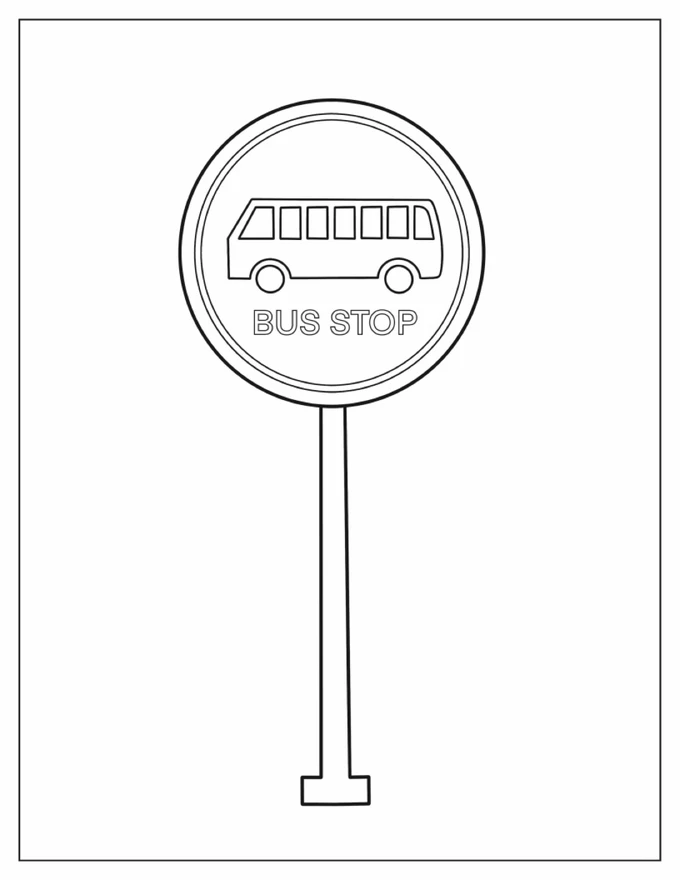Enhancing Safety and Visibility: Transforming Bus Stop Signs with Color
Bus stop signs are an essential component of public transportation infrastructure, providing crucial information to passengers and drivers alike. However, traditional bus stop signs are often overlooked or difficult to see, particularly in low light conditions or inclement weather. To address this issue and improve safety for all, many cities are turning to a simple yet effective solution: color.
By adding color to bus stop signs, cities can greatly enhance their visibility and make them stand out against the surrounding environment. This can help passengers easily spot their stop from a distance, reducing the likelihood of missed connections or confusion. Additionally, colorful bus stop signs are more likely to catch the attention of drivers, alerting them to the presence of a stop and encouraging them to slow down and yield to buses and pedestrians.
In addition to improving safety, colorful bus stop signs can also add a touch of personality and vibrancy to the urban landscape. By incorporating bold and eye-catching colors into the design of these signs, cities can create a more inviting and engaging public transportation experience for residents and visitors alike.
Furthermore, the use of color can also help differentiate between different bus routes or stops, making it easier for passengers to navigate the transit system. By assigning a specific color to each route or stop, cities can create a visual cue that helps passengers quickly identify their desired bus and ensure they are in the right place.
Overall, the addition of color to bus stop signs is a simple yet powerful way to enhance safety, visibility, and overall user experience for public transportation users. By embracing this innovative approach, cities can create a more efficient, user-friendly, and aesthetically pleasing transit system that benefits everyone.
Comment (0)
Top by view in Machines

Smiling Planets of Our Solar System Coloring Picture – A Fun Space Adventure!

Explore the Garden with the Magic School Bus Bee Coloring Sheet

Fun Clock Robot Coloring Page for Children

Enhancing Safety and Visibility: Transforming Bus Stop Signs with Color

Stunning LaFerrari Race Car Showcasing Vibrant Colors With Doors Wide Open

Coloring Sheet of the Chevrolet Corvette ZR1

Coloring Page for Female School Bus Driver

Colorful Jurassic Park Jeep Coloring Pages for Kids

Impressive 1964 Chevy Impala Lowrider Demonstrates Impressive Hopping Skills on the Beach

Titanic Sinking Coloring Page: Witnessed by Survivors

Majestic Hot Air Balloon Soaring Through the Clouds

Sailing the Seas – A Pirate Adventure

Unleash Your Creativity with Hot Wheels Monster Truck Coloring Sheets

Unveiling the Stunning Side Profile of the Lamborghini Aventador

High-Performance CAT Excavator with Customizable Bucket for Mining Operations

Toyota Supra Racing Car Coloring Page
